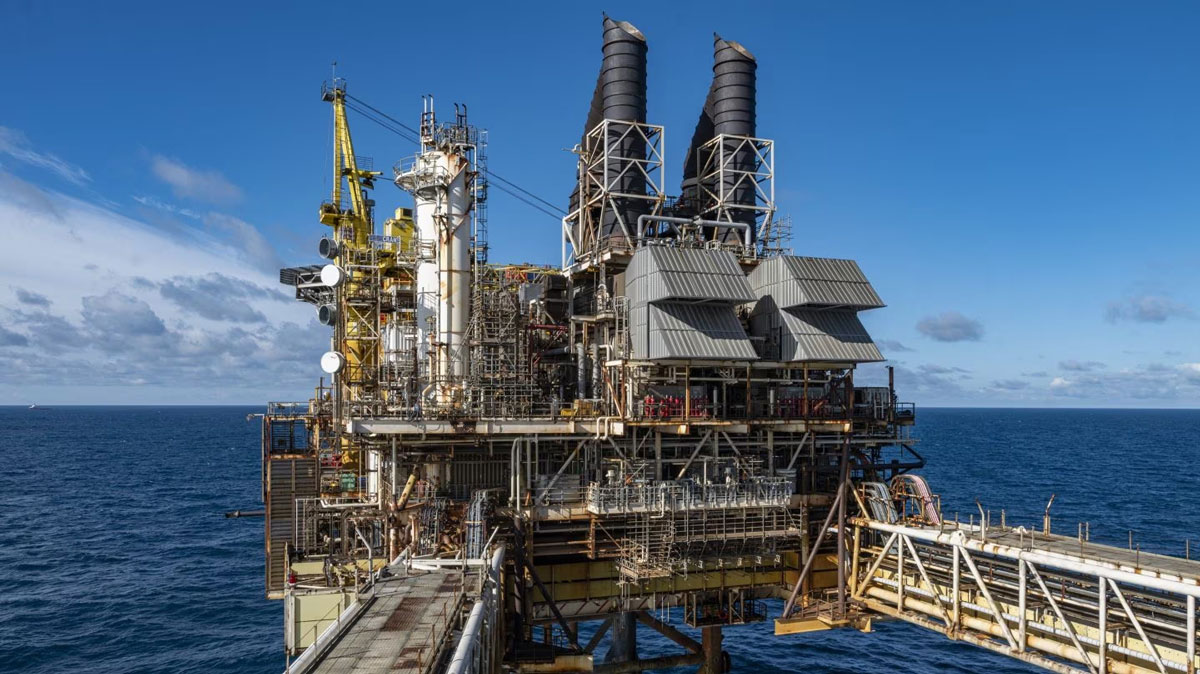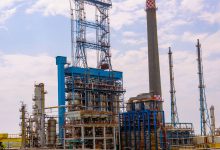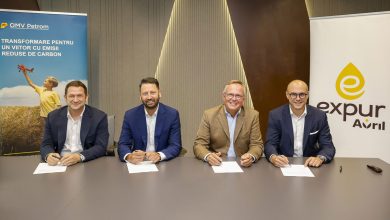Seagull Field in North Sea Starts Production
bp has started production from the Seagull oil and gas field in the UK North Sea, boosting energy supplies, supporting the supply chain and jobs, and underpinning continued production from an offshore facility that’s been operating for 25 years.
Seagull has been developed by Neptune Energy as a subsea tieback to the bp-operated central processing facility (CPF) of the Eastern Trough Area Project (ETAP) in the central North Sea, around 140 miles east of Aberdeen.
The project supported 800 jobs through the development phase.
Seagull is the first tieback to the ETAP hub in 20 years. The field is located 10 miles south of the ETAP CPF and is a four-well development. Production is delivered via a new three-mile subsea pipeline which connects to an existing pipeline system. A new 10-mile umbilical has been installed, linking the ETAP CPF to the Seagull field, providing control, power and communications services between surface and seafloor.
Seagull sustains continued production through the ETAP CPF, which supports 350 full-time jobs, 270 offshore and 80 onshore. Oil from Seagull is exported through the Forties Pipeline System to Grangemouth in central Scotland and gas to Teesside via the Central Area Transmission System.
The new field is expected to produce around 50,000 barrels of oil equivalent gross per day at peak production.
“bp has been safely operating in the North Sea for nearly 60 years, delivering a reliable flow of energy, supporting thousands of jobs and a world-class supply chain. We plan to keep doing this by investing in our existing oil and gas infrastructure, like at ETAP, which has been a cornerstone of our North Sea portfolio for a quarter of a century. The start-up of Seagull is a fantastic milestone that demonstrates how bp is investing in today’s energy system and, at the same time, investing in the energy transition. A key focus for bp in the North Sea is to identify projects which can be developed efficiently using existing infrastructure. Seagull is a great example of this, and my thanks go to the committed teams at bp, our joint venture partners and supply chain colleagues who worked so hard to safely deliver this important project,” Doris Reiter, senior vice president, bp North Sea, said.
“As the operator of the project, Seagull is an excellent example of what can be achieved through close collaboration. From the beginning, the partners have taken an innovative approach to ensure we can collectively maximise the recovery of domestic energy resources while extending the life of existing subsea infrastructure to reduce development costs,” Alan Muirhead, UK Country Director, Neptune Energy, added.
“JAPEX is truly delighted with the safe and successful start-up of the Seagull field. We believe this commencement in production will benefit our business expansion strategy in the North Sea and realise the significant potential of the UK Continental Shelf. It is our pleasure to strengthen our partnership with bp and Neptune through the project,” Tomomi Yamada, Managing Executive Officer, JAPEX noted.
Key facts
- Neptune Energy holds a 35% stake in Seagull and operated the field through the development phase, drilling wells and installing subsea equipment.
- bp, with a 50% stake in Seagull, operates the production phase of the development. JAPEX holds the remaining 15% interest in the field.
- The ETAP hub came online in July 1998. It was initially estimated to have a production life of 20-25 years, with decommissioning predicted to begin in 2023. A $1 billion investment in 2015 secured its future into the 2030s.
- bp operates all the ETAP fields; Machar, Madoes, Mirren, Monan, Marnock, Mungo and Seagull. They produce through the ETAP CPF.
- Murlach, a future tieback to the ETAP CPF, received government and regulatory approval in September 2023 with production expected in 2025.







